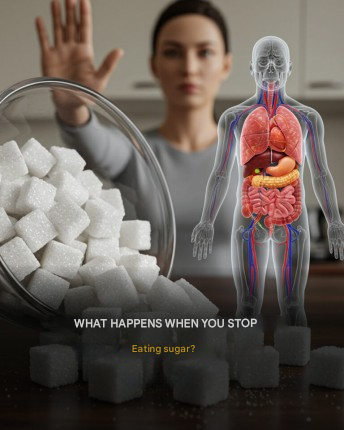As soon as you eliminate sugar from your diet, your body goes through serious changes—some good, others a bit harsh at first. Within the first hour, your blood sugar stabilizes as your body processes the last glucose molecule from your last meal. Insulin goes to work, ensuring that the remaining sugar is either used for energy or stored. Without the constant sugar spikes, you avoid energy crashes, mood swings, and cravings that make you reach for even more sweets.
By the end of the first day, your liver kicks in to keep your blood sugar stable by converting stored glycogen into glucose. There's a catch, though: Your body realizes it's not getting that quick sugar hit, and you experience withdrawal symptoms. Headaches, irritability, fatigue—it's not pretty, but it's temporary. Your sugar-loving brain is lacking dopamine, so you might feel a bit irritable or sluggish.
Day two is where things get interesting. When blood sugar levels drop, your body switches gears and begins using stored fat for energy—a process called ketosis. The fat is then broken down into ketones, which become a new energy source. Some people experience a sudden burst of energy and improved mental clarity; others suffer from the dreaded "ketogenic flu"—nausea, headaches, dizziness. This is because your body is adjusting to burning fat instead of sugar. Drinking enough fluids and getting electrolytes can help ease these symptoms.
Towards the end of the first week, your taste buds begin to adjust. Foods that once tasted bland suddenly seem sweeter because your body is no longer overloaded with sugar. Your cravings for processed sweets subside, and natural sugar—like that found in fruit—tastes better. Your metabolism also improves, insulin sensitivity increases, and if you've been cutting out sugar to lose weight, you may already notice a difference, especially around your waistline.
Eliminate sugar from your diet
